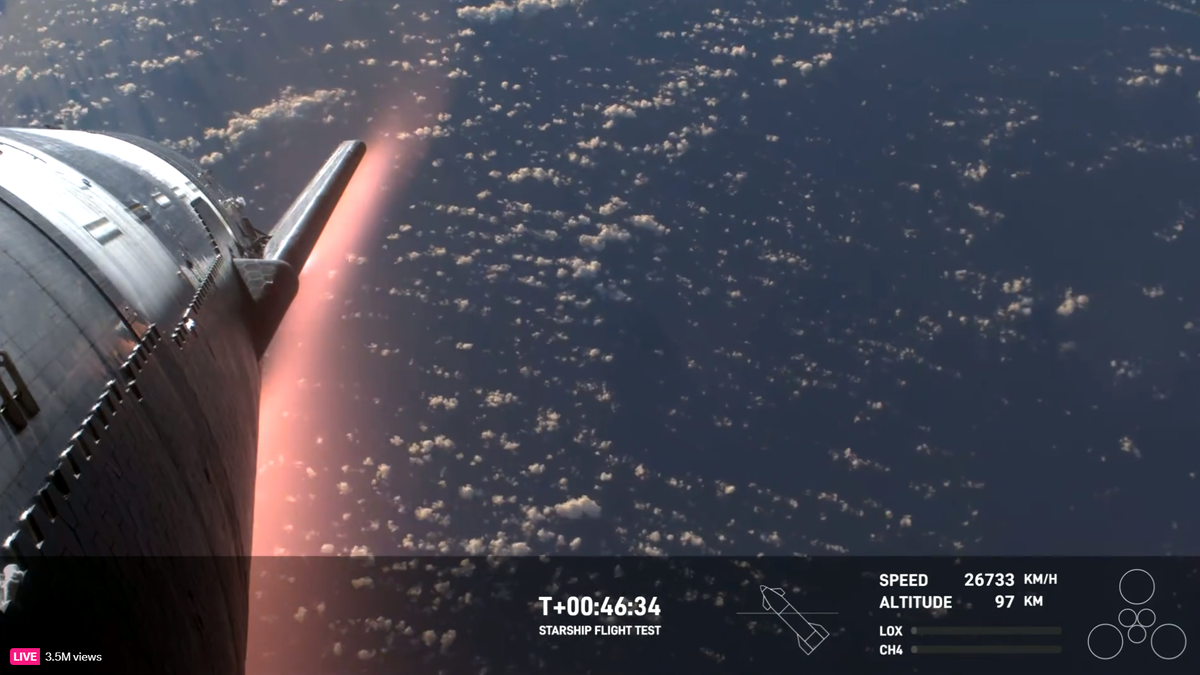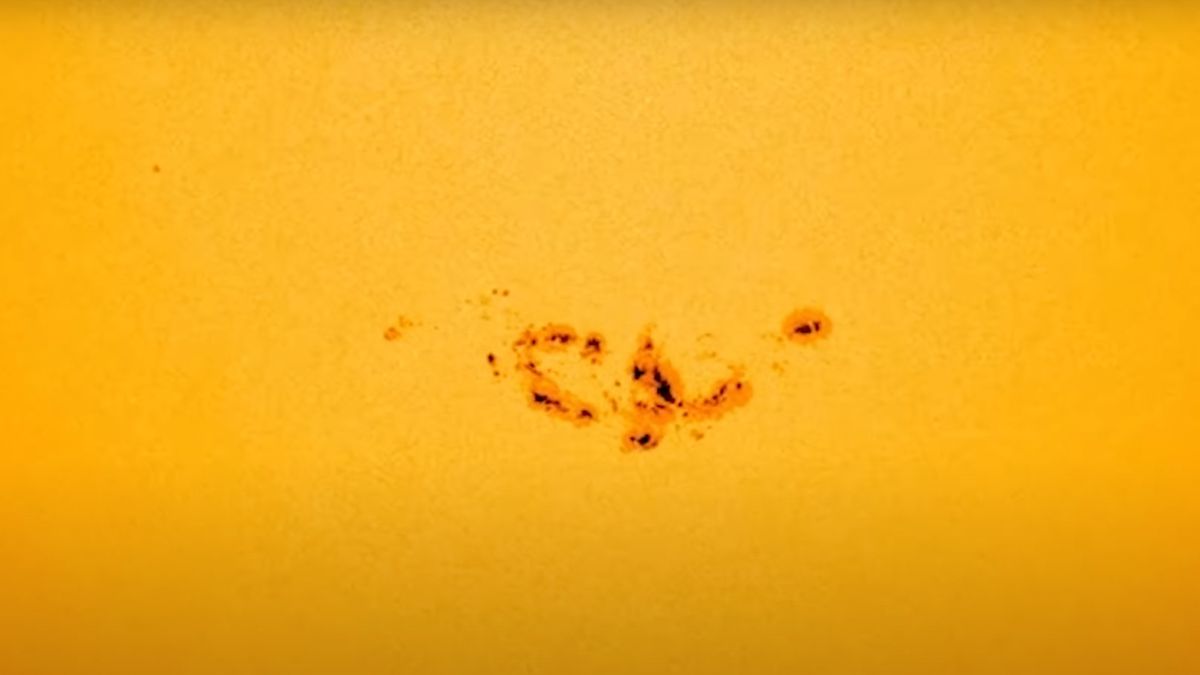Repurposing Space Instruments for Quantum-Scale Research
Researchers have repurposed a cutting-edge gamma-ray polarimeter initially designed for deep-space astronomy to delve into the intricacies of the atomic world. By utilizing a Compton camera, typically employed to study celestial objects, scientists have managed to investigate the internal structure of unstable atoms and detect quantum-scale changes occurring within atomic nuclei.
Unveiling Atomic Mysteries with a Compton Camera
The Compton camera, used to measure the polarization of high-energy light waves, leverages a phenomenon known as Compton scattering to analyze the direction and energy of gamma rays emitted by atomic nuclei. Through interactions between photons and electrons, this innovative instrument can unveil insights into nuclear structure and transitions, shedding light on previously unexplored atomic phenomena.
The Heart of an Atom: Decoding Nuclear Structure
Atoms consist of shells housing negatively charged electrons orbiting a central nucleus comprised of positively charged protons and neutral neutrons. By studying the composition of atomic nuclei, scientists can determine the elemental properties of atoms, ranging from hydrogen to uranium. Unstable isotopes, characterized by changes in energy levels and the emergence of “magic numbers,” pose intriguing challenges that conventional methods struggle to address.
Utilizing a CdTe Compton Camera for Nuclear Spectroscopy
Researchers tested the capabilities of a Cadmium Telluride (CdTe) semiconductor imaging sensor within the Compton camera to measure the polarization of gamma rays emitted by unstable nuclei. Accelerator experiments at the RIKEN research institute demonstrated the high-detection efficiency and precise accuracy of the instrument in analyzing scattering events and capturing polarization measurements of gamma rays.
The successful application of the Compton camera in nuclear spectroscopy experiments not only exceeded expectations but also opens new avenues for utilizing space instruments to explore atomic nuclei. This groundbreaking research published in Scientific Reports marks a significant breakthrough in quantum-scale investigations, showcasing the adaptability and innovation of modern scientific tools.
Image/Photo credit: source url





